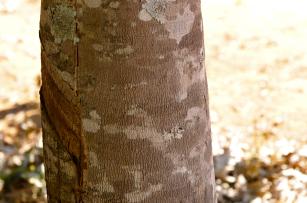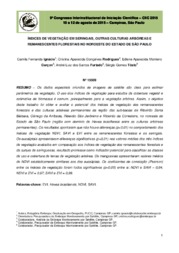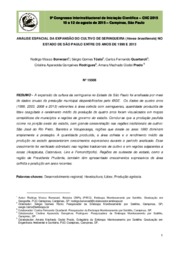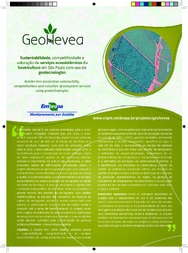GeoHevea — Sustainability, competitiveness, and valuation of ecosystem services of rubber cultivation in São Paulo using geotechnologies
GeoHevea — Sustainability, competitiveness, and valuation of ecosystem services of rubber cultivation in São Paulo using geotechnologies

Photo: BENCHEKCHOU, Zineb
Natural rubber is a strategic product for Brazil and the world. The State of São Paulo has a large share in national production, with perspectives of expansion and the implementation of new rubber plantations at both the business and family farming levels. Although the growth of the crop is expressive, the productive sector lacks updated information. The GeoHevea project uses geotechnology tools to expand knowledge about the dynamics of land use and occupation and to evaluate the sustainability, competitiveness, and ecosystem services of the rubber production chain in the northwest region of São Paulo. The coverage area includes three hydrographic sub-basins of the Tietê River, where most rubber plantations are concentrated. With an interdisciplinary characteristic, the studies consider the cultivation systems of rubber alone and intercropped with palm hearts, and contemplate all the links in the chain, from the producer to the processing plant. The project has the support of entities from the productive sector and state and federal research and teaching institutions and aims to support the formulation of public policies and strengthen regional rubber cultivation. Among the main results expected by the project is the mapping of land use and land cover and forest remnants in the study areas, the estimate of biomass and latex productivity of rubber plantations, obtained through orbital data, and the evaluation of impacts of the productive chain in its economic, social and environmental dimensions.
Ecosystem: Atlantic Forest, Cerrados Region
Status: Completed Start date: Fri Nov 01 00:00:00 GMT-03:00 2013 Conclusion date: Tue Oct 31 00:00:00 GMT-03:00 2017



